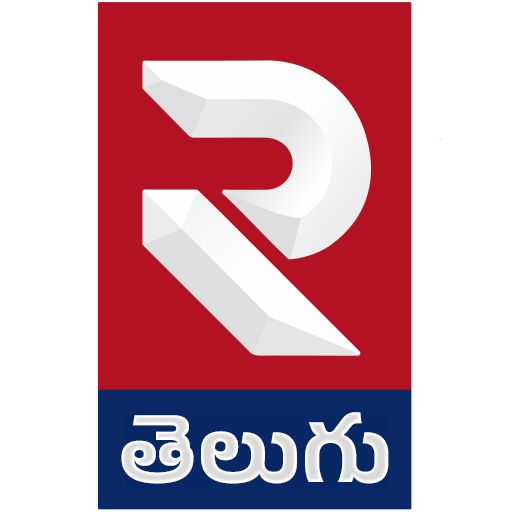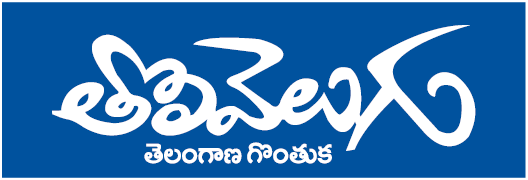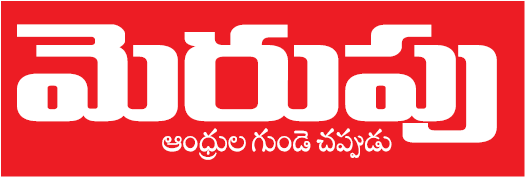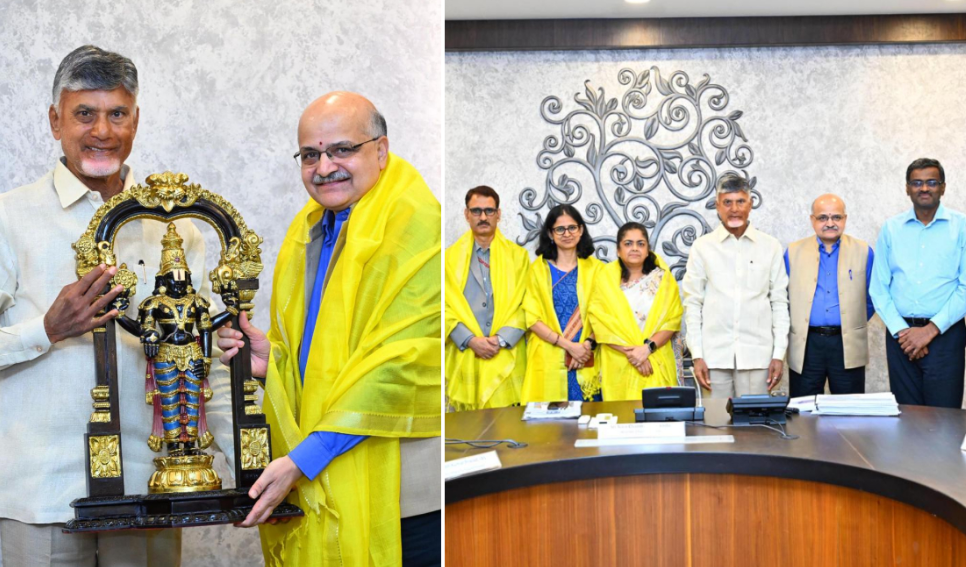Andhra Pradesh Chief Minister Chandrababu emphasized the need for a transformative vision that impacts lives at the grassroots level. In a recent meeting with NITI Aayog, CM Chandrababu discussed the development of a vision document for “Vikasith Andhra Pradesh 2047.” The meeting, held at the Secretariat, included NITI Aayog CEO BVR Subrahmanyam and other representatives.
During the discussions, the Chief Minister outlined his vision for Andhra Pradesh, drawing parallels with the national “Vikasit Bharat 2047” plan. The focus was on devising strategies and projects for the state’s advancement in the coming years. CM Chandrababu shared insights from his past experiences, the outcomes of previous reforms, and his future plans with NITI Aayog.
The Chief Minister stressed that governments must operate with a forward-looking vision. He highlighted the importance of innovative thinking and technology in achieving a poverty-free society. He proposed that the Vikasith Andhra Pradesh Vision 2047 should incorporate comprehensive population balance studies and embrace artificial intelligence. Plans include developing Amaravati and Visakhapatnam as AI hubs and establishing an AI University in the state.
CM Chandrababu underscored the need for a unified approach from the state level down to local mandals and families to ensure the vision document’s effectiveness. He also emphasized the importance of advancements in agriculture and proposed policies to support horticulture-based food processing industries in Seema. Additionally, he noted the crucial role of the power sector and called for preparations to accommodate upcoming changes.
To achieve a growth rate of 15 percent, which Chandrababu believes will double per capita income and enhance living standards, he stressed the need for detailed planning in various sectors. He advocated for enhancing human resource skills through a revised syllabus from school to university levels. The vision document should integrate policies to leverage new technologies and opportunities, with input from institutions, intellectuals, and experts such as IITs, IIMs, and ISBs.






